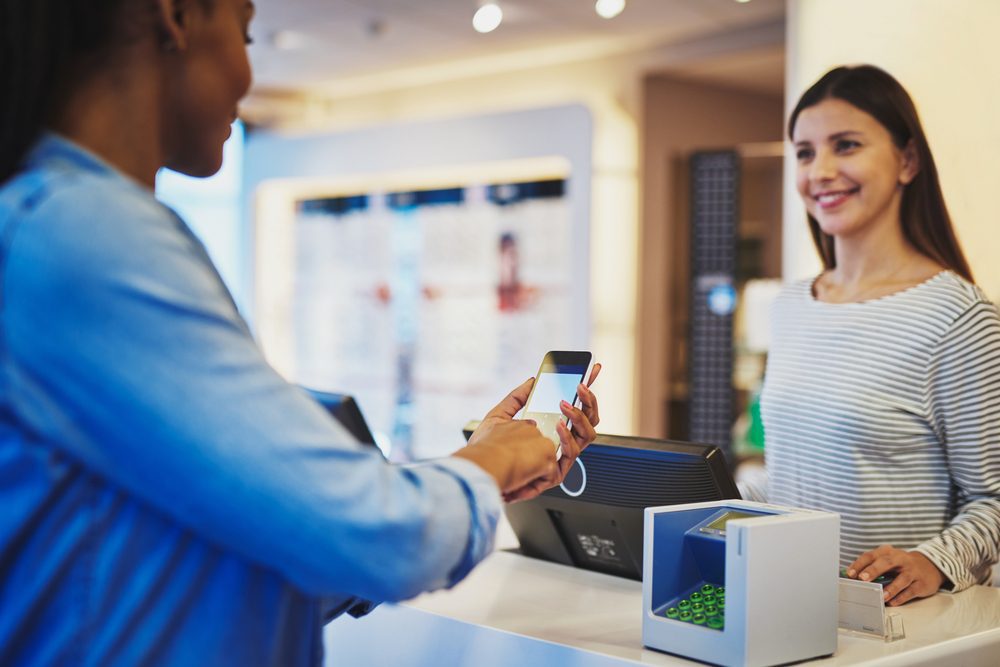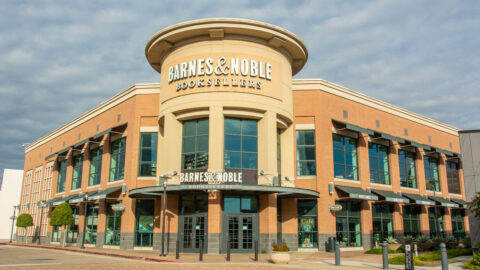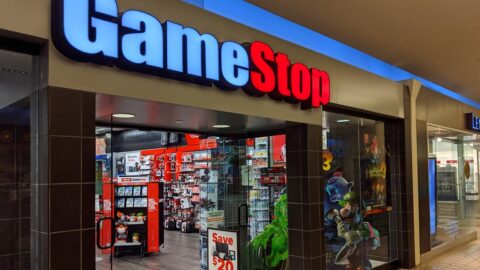In a world where consumers have an almost unimaginable array of choices, successful marketing campaigns require something more than just persuasion and personalization. Retail brands need to establish an emotional connection with consumers to convince them to step into a physical store. Marketers can establish such bonds by putting themselves in the customer’s place, factoring in shoppers’ needs as well as the brand’s goals.
In this exclusive Q&A, Kiran Smith, recently named CEO of advertising and branding agency Arnold, reveals how her marketing experience across the retail industry, at companies including Brookstone, Stride Rite and Shaw’s Supermarkets, now helps her craft emotionally resonant campaigns. Smith also has served as a consultant with Accenture and Alliance Consulting Group, where she worked with multiple iconic brands.
Retail TouchPoints: What strategies or best practices do you see at the core of a strong retail marketing campaign?
Kiran Smith: A strong retail marketing campaign relies on understanding who you as a brand are targeting and how your brand is unique within the consumer’s consideration set. Retailers are often so close to their own brands that it’s challenging to see themselves in the same way consumers see them. A retail marketing strategy has to be based on understanding how consumers currently perceive them, how they would like to change this perception, and what changes consumers will embrace. A campaign relies on creating a true and emotional connection with the consumer much more than it relies on functional purpose. Consumers live in a world of so many choices, so when they make the choice to go into a physical store it’s because they want to. That emotional desire is based on a deeper connection with the brand.
RTP: Which of the retail campaigns you’ve headed stand out as particularly successful during your career?
Smith: During my time at Stride Rite, we created a loyalty program based on the idea that parents are an engaged group of consumers looking to get the most they could from the brand. We know that kids grow quickly, and once kids get into their first walker shoe, parents are already thinking about their next purchase in the next size up.
We built the program on this insight, allowing us to communicate with parents in a relevant way by providing incentives and helping consumers save money based on their previous purchases. The idea of targeting parents with their own kids’ needs, rather than offering blanket incentives to all consumers, made it unique as a loyalty program. The program had an extremely high adoption rate and helped the brand to much more accurately target its current customers and attract new ones. I think this example speaks to the importance of delivering the right message to the right audience at the right time.
RTP: How can brands best identify their audience and tailor their message to match their interests?
Smith: There is so much information out there — it can be overwhelming, so brands have to understand the purpose and true value of analytics in order to better define who they are targeting and why. It’s important to have a good strategy in place to identify an addressable audience, determine what the opportunity is to offer something to that audience, and then leverage the right tools to determine where those consumers are, how they shop and how they behave.
Arnold, for example, has a strong Strategy and Insights Team, not only to help clients identify and analyze current consumer segments, but also potential new consumer segments. We utilize demographics and psychographics to provide a fuller understanding of a consumer base, including media habits and personal interests. This provides a more meaningful foundation to drive the creative and channel strategy. This team isn’t an isolated unit, but an integral part of how Arnold does business.
RTP: What technologies do you see having the largest impact on marketing in the near future?
Smith: Augmented reality (AR) and voice are having a real impact on how consumers interact with brands. As we get more advanced from a personal device standpoint, retailers have to adjust the way they do business — including how they reach their customers, their payment systems and overall capabilities — to keep up. The brands that can create relevant and seamless interactions will win.
For us at Arnold, technology is always part of the conversation. Ensuring that we are able to be thought leaders for our clients and bring them opportunities to interact with their customers in new and meaningful ways as technology changes is a top priority.
RTP: You’ve worked in the supermarket, footwear and specialty goods channels. In what ways does marketing vary between retail verticals, and in what ways does it remain the same?
Smith: After 10 years in grocery, I had the opportunity to choose what was next in my career. I chose to see how my skill set applied to a new industry. For me, what was amazing is how similar the challenges and opportunities are between retail industries. Across each industry I’ve worked in, we had similar goals: we were looking to drive engagement, communicate with consumers more effectively and provide a more meaningful experience with the brand.
The learning curve and differences came into play in the product development space, as the goods themselves were the biggest differentiator. While I built my foundation in retail through my experience in grocery, I was able to apply many of those learnings to my next venture, and even in my transition into advertising as many of our clients also have similar objectives. The products are different, but most are always looking to connect with their customers more efficiently and effectively.
RTP: Can you tell us about your biggest professional influence, and what you learned from them?
Smith: There are two women that I have had the opportunity to work with and learn from in my career. Sharon John, the CEO of Build-A-Bear, was crucial in instilling in me the importance of diversity and encouraging a diverse work environment, and supporting employees all the way through their careers. I learned from her key skills in how you can take a very diverse group of people and get them working together with a common vision, as well as how important it can be to the individuals, but also to the company as a whole.
Gillian Meek, the President of Keds, was another big influence, as we were advancing in our careers at the same time. She is a huge advocate of female empowerment — particularly in the workplace — and showed me that two women working closely together as they progress in their careers can genuinely be each other’s greatest cheerleaders and challengers when needed, while also being non-competitive. She taught me the importance of having the opportunity to find someone to progress through your career with you.













